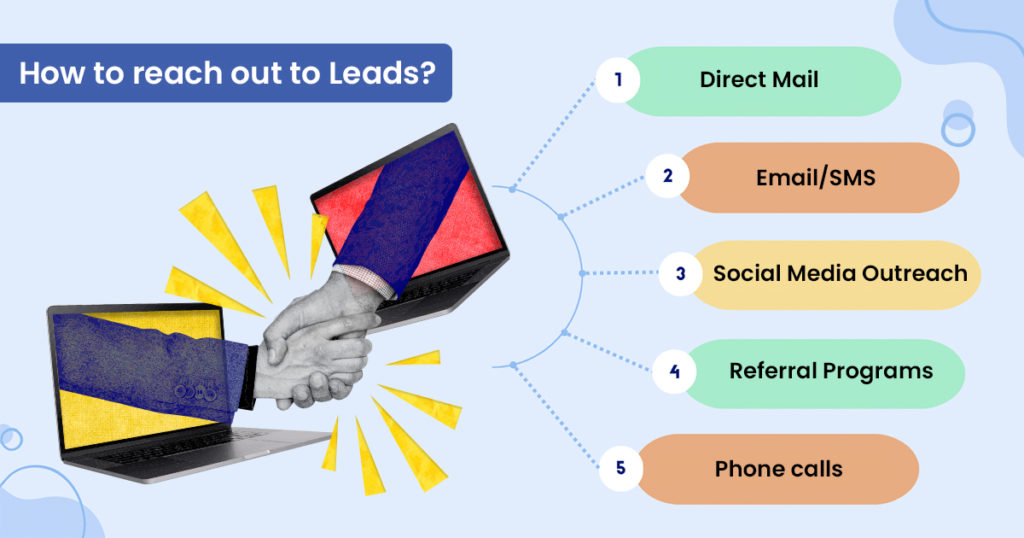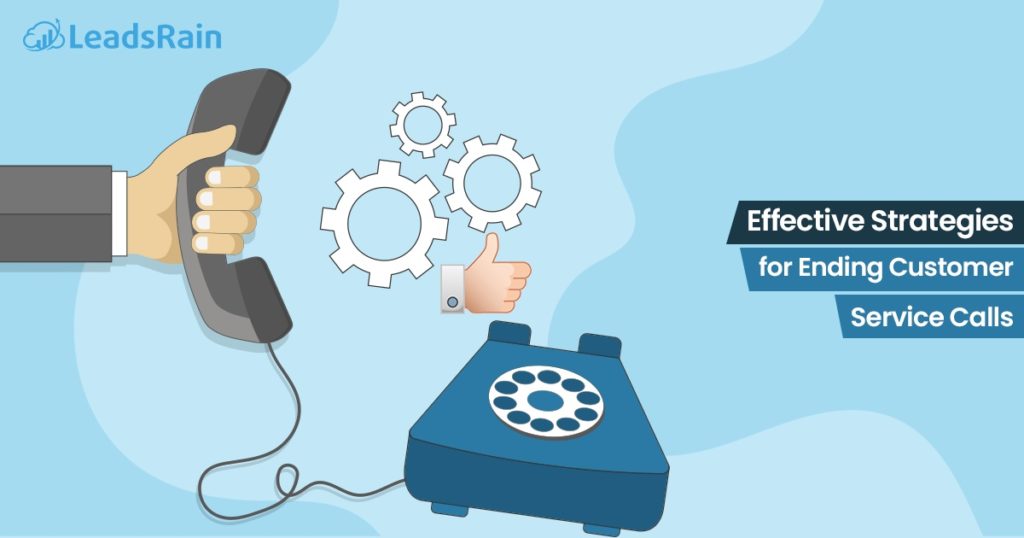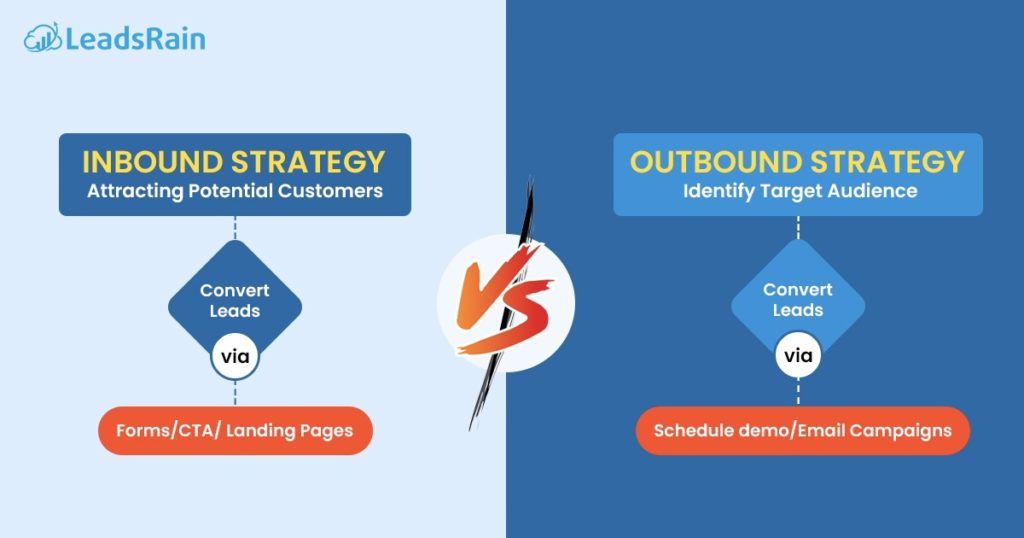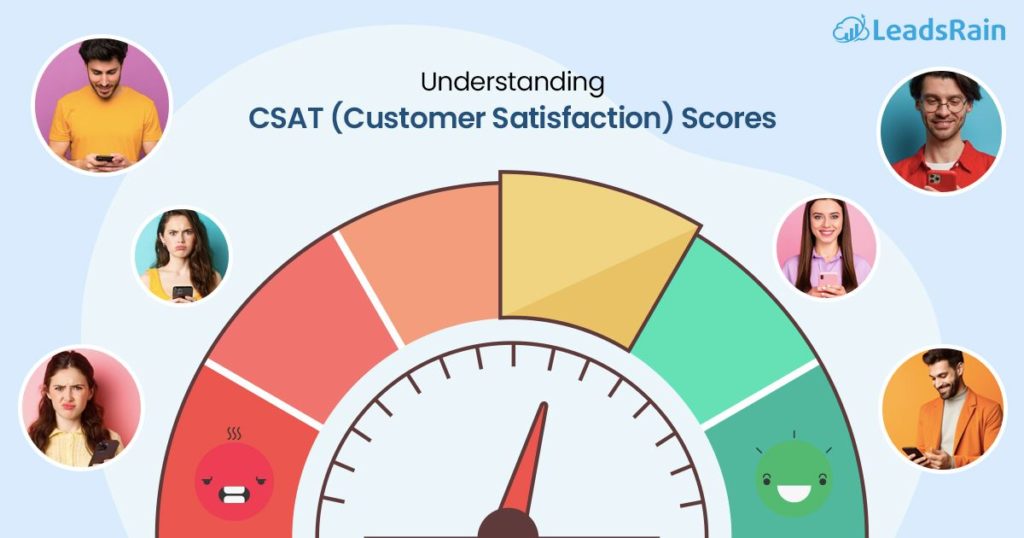Welcome, sales rockstars! In today’s fast-paced business world, capturing and nurturing sales leads is paramount to achieving success. But what separates the top performers from the rest of the pack? It’s an art of mastering the follow-up. In this blog, we will embark on an exciting journey, exploring effective practices by turning those promising leads into delighted customers.
What is a Follow-up in Sales Leads?
A follow-up in sales leads refers to the action taken after an initial interaction with a potential customer. It is an essential step in the sales process that aims to nurture the relationship and move the lead closer to making a purchase. The primary goal of a follow-up is to build trust and establish a connection with the lead.
“According to Invesp research, 80% of sales require 5 follow-up calls.”
Follow-ups can take various forms, such as personalized emails, phone calls, or even in-person meetings. To ensure a successful follow-up, it is crucial to be timely, personalized, and attentive. Additionally, a follow-up provides an opportunity to showcase the benefits and value of the product or services, further convincing the lead to consider making a purchase.
10 Best Practices for Sales Leads Follow-Up
Following these best practices for sales leads follow-up will help you nurture relationships, increase conversions, and drive business growth. By demonstrating promptness, personalization, persistence, and value, you’ll set the stage for meaningful connections and successful sales outcomes.
1. Be Proactive
Don’t wait for leads to contact you. Reach out to them first with relevant information or offers. Being proactive means not waiting for leads to go cold or allowing them to slip through the cracks. It’s about taking immediate action and making a genuine connection with your prospects.
So, don’t wait for leads to come to you, take the first step and be proactive in your sales leads follow-up! Your efforts will surely pay off, leading to stronger customer relationships, increased sales, and ultimately, business growth.
2. Keep track of interactions
Use a CRM system or a spreadsheet to keep track of your follow-up attempts and any important details about each lead. This allows you to reference previous conversations, avoid duplication, and provide a personalized experience.
According to HubSpot, 47% of sales leaders track CRM usage as a productivity metric.
Gone are the days of scattered sticky notes or endless spreadsheets to manage your sales process. A CRM provides a centralized hub where you can store and access vital information about each lead, including contact details, communication history, and any specific preferences or requirements.
3. Be persistent but not pushy
Follow up consistently without being overly aggressive. Space out your follow-up attempts to give leads time to consider your offer. For instance, you might send an initial email, followed by a phone call a few days later, and then a personalized video message a week after that.
“I wanted to reconnect and see if you had a chance to review the product information I sent last week. Let me know if you’d like to schedule a demo”.
4. Use multiple channels
Consider your target audience and the channels they are most likely to engage with. For example, if your leads are active on social media, you can connect with them through platforms like LinkedIn or Twitter.
The key takeaway from this is that, when following up with leads, you must select the appropriate channel and take into account utilizing them interchangeably. For instance, making calls and sending emails as a follow-up.
On the other hand, if they prefer email communication, you can focus on crafting effective email campaigns. Also, you can adhere to the three calls and a voicemail guideline for phone follow-ups.
5. Keep it concise
Concise communication means delivering your message clearly and concisely, without unnecessary fluff or jargon. It’s about getting straight to the point and providing valuable information that addresses the needs and pain points of your potential customers.
One effective way to maintain conciseness in your follow-up is to use bullet points or numbered lists. Remember, conciseness doesn’t mean sacrificing personalization. You can still tailor your follow-up messages to each lead’s specific needs but in a concise manner.
6. Segment your leads
It’s a process of categorizing potential customers or leads into different groups based on specific criteria. This segmentation allows sales teams to prioritize and tailor their follow-up strategies accordingly. Your messaging may be tailored to the particular requirements of your prospects by segmenting your leads.
Based on the lead source, your prior interactions with them, and their activities with your website, you may segment your lead lists and give the lead status- warm, or cold—to each group.
7. Decide on the appropriate frequency
Finding the balance between being persistent and not overwhelming your leads is crucial. Follow up too frequently, and you risk annoying them; follow up too infrequently, and they may forget about your offering. Aim for a consistent and well-timed approach.
For instance, you can start with an initial follow-up email, followed by a phone call a few days later, and then a personalized follow-up message through social media a week after the initial contact.
8. Provide value
Provide valuable information or resources that can help leads in their decision-making process. Share relevant blog posts, case studies, or industry reports that demonstrate your expertise and the benefits of your product or service. This shows that you’re invested in their success.
Try to offer valuable insights or resources related to your lead’s interest. “I came across this interesting industry report that I thought you might find helpful in understanding the market trends.”
9. Set clear next steps
Communicate the next steps or actions you want the lead to take. Whether it’s scheduling a demo, meeting, or providing additional information, it makes it easy for them to move forward in the sales process.
For example, you could end a phone call with, “I send you an email with a link to schedule a demo at your convenience”.
10. Follow a consistent follow-up schedule
Create a follow-up schedule that outlines the frequency and method of your follow-up attempts. This helps you stay organized and ensures that no leads fall through the cracks. Consistency and reliability build trust with your leads.
Whether it’s daily, weekly, or monthly, having a clear schedule helps you stay on track and maintain a steady flow of communication. It shows your leads that you are committed to their needs and that you value their business.
How to reach out to Leads?
Reaching out to leads is an essential step in the sales process, and doing it effectively can greatly increase your chances of converting them into loyal customers. Here are some strategies to help you successfully reach out to leads, which are;

Direct Mail
Send personalized letters or postcards to leads, highlighting the benefits of your product or service. Direct mail can be a tangible and memorable way to grab their attention. Direct mail allows you to break through the digital noise and connect with leads physically and tangibly.
Social Media Outreach
Engage with leads on social media platforms by commenting on their posts, sharing valuable content, and starting conversations. Building relationships on social media can lead to meaningful connections.
Create targeted email campaigns with compelling content and personalized subject lines. Segment your leads based on their interests and needs to deliver more relevant messages. Highlight the value your product or service offers and address their specific needs or pain points.
Referral Programs
Encourage your existing customers to refer leads to your business by offering incentives or rewards. This taps into the power of word-of-mouth marketing and increases the chances of reaching potential customers.
SMS
Send short text messages to leads, offering exclusive promotions or updates. Text messaging can be a quick and convenient way to connect with leads on their mobile devices. The average open rate for text messages exceeds that of emails, making it an effective means of capturing the attention of potential customers.
Phone calls
Pick up the phone and make outbound calls to introduce your product or service to leads. Be prepared with a script, but also be adaptable to have natural conversations based on their responses. Ask open-ended questions to understand their goals and challenges better, & offer solutions based on their responses.
“ According to Crunchbase, 69% of buyers have accepted cold calls from new providers.”
Why do you need to follow up with your leads?
Following up with leads is important for various reasons. Firstly, it allows you to build and maintain relationships with potential customers. By keeping in touch with them, you can nurture the relationships, answer any questions they may have, and address their concerns. This builds trust and increases the chances of conversion.
“The National Sales Executive Association found that around 80% of sales require at least five follow-up calls after the initial meeting. Yet, surprisingly, only 10% of salespeople make more than three attempts to reach out”.
Additionally, following up demonstrates your commitment and professionalism. It shows that you genuinely care about your leads and are dedicated to providing them with the best possible solution. This builds credibility and positions your business as reliable and trustworthy.
Overall, following up with leads helps build relationships, stay top of mind, gather feedback, and demonstrate professionalism. It’s a crucial step in the sales process that can significantly impact your success.
Conclusion
Remember, a timely and personalized follow-up is the key that unlocks doors to fruitful customer relationships and increased conversions. So, go forth with enthusiasm, armed with the knowledge and creativity to captivate your leads, and watch your sales soar. Together, let’s conquer the world of sales, one follow-up at a time!




